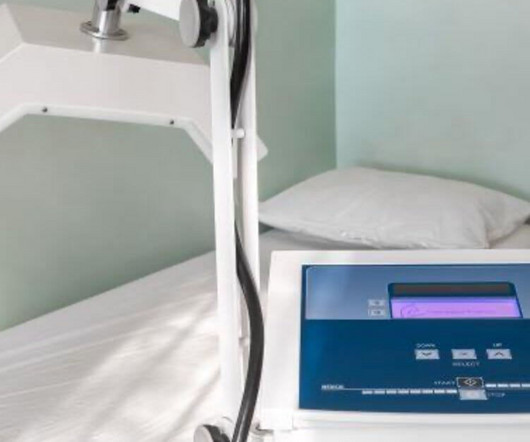Mastering the Hip Exam: Top Tests for Hip Pain
ChiroUp
MARCH 28, 2024
Essential Questions To Ask In A Hip Exam Like most other musculoskeletal complaints, a comprehensive patient history is the primary source of diagnostic information for hip-related issues. C Sign Hip A positive C-sign hip pain test strongly suggests a hip-related diagnosis. The two tests below can assist in identifying hip involvement.












Let's personalize your content